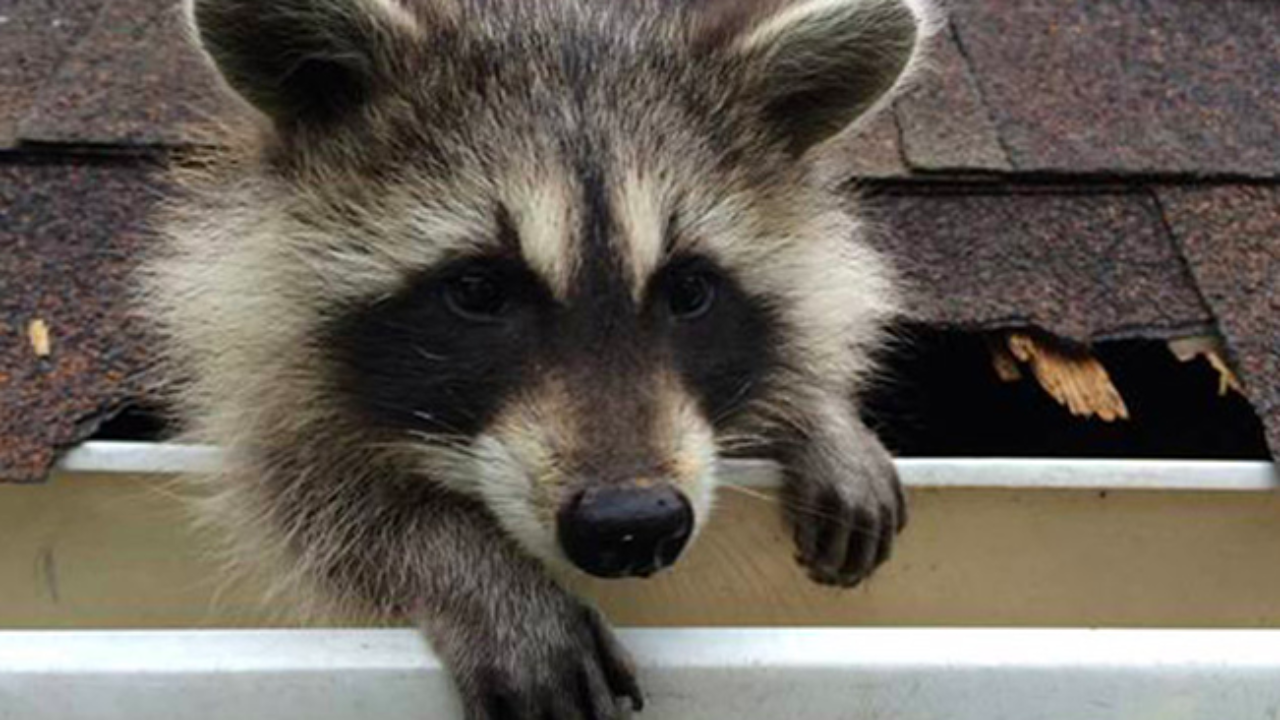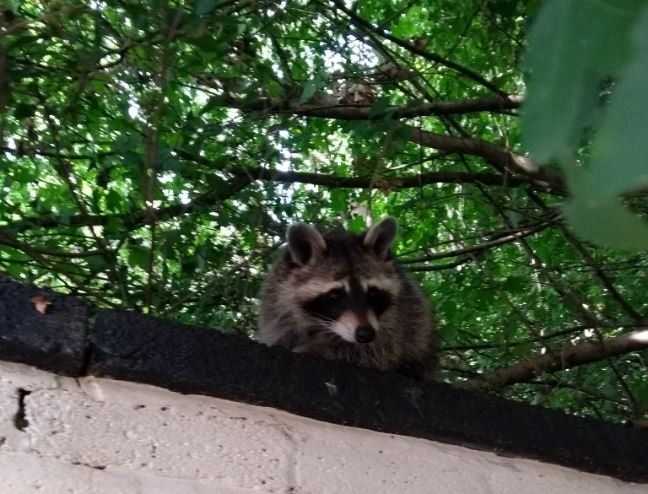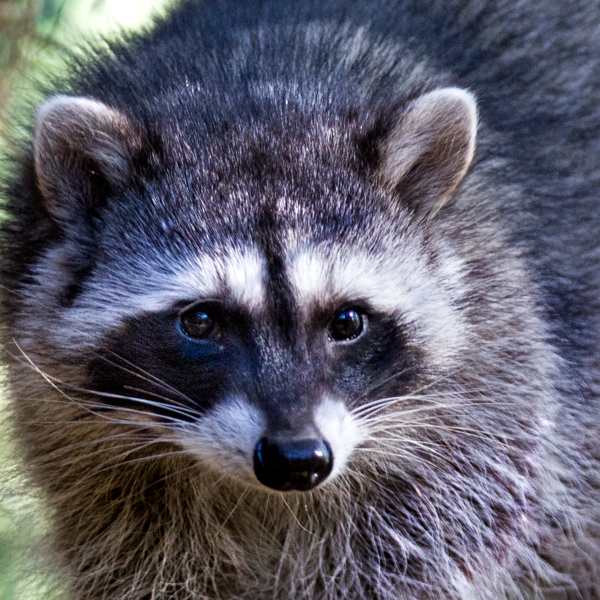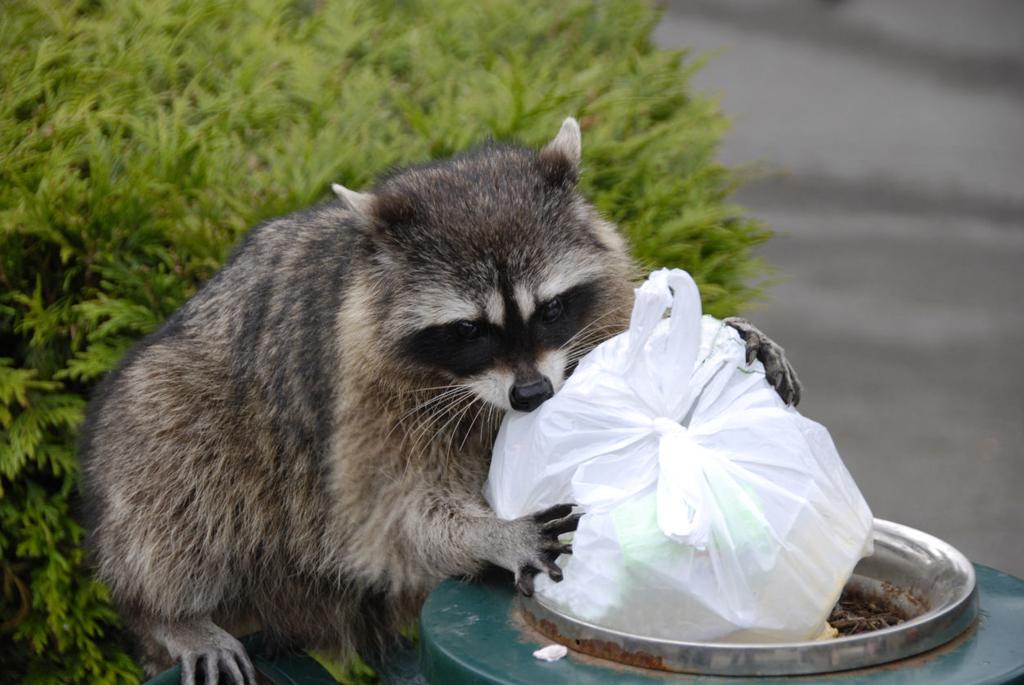Your How far will raccoon travel to return images are available in this site. How far will raccoon travel to return are a topic that is being searched for and liked by netizens today. You can Find and Download the How far will raccoon travel to return files here. Download all free vectors.
If you’re looking for how far will raccoon travel to return pictures information related to the how far will raccoon travel to return interest, you have pay a visit to the right blog. Our site always provides you with hints for downloading the maximum quality video and image content, please kindly surf and locate more enlightening video content and graphics that match your interests.
How Far Will Raccoon Travel To Return. Relocate the raccoon in compliance with your state or local regulations you have researched. Raccoons can travel 10 miles when relocated before they find a home range they are happy with. The mother raccoon will return to your attic to retrieve the babies and move on to an alternate nest. Raccoons are known for using brute force to get into an attic whether its ripping a hole directly into the roof or bending vents until they are able to fit through.
 Illustrated Drawing Of Raccoon With Floral Crown Trivet Animal Drawings Drawing Illustrations Colorful Art From pinterest.com
Illustrated Drawing Of Raccoon With Floral Crown Trivet Animal Drawings Drawing Illustrations Colorful Art From pinterest.com
They also create holes that give access to other animals such as bats. These animals are very dextrous and can easily remove DIY solutions such as tarps and duct tape. Relocate the raccoon in compliance with your state or local regulations you have researched. Their messes attract even more animals like mice and rats. The males will usually travel further away from the home range than the females which is believed to be a natural instinct that prevents inbreeding and after this point the raccoons will return to being solitary creatures that will not be living or traveling in packs. Raccoons are extremely adaptable.
Once theyve settled on a place to call home they mark their territory to warn others to stay away.
You can trap them and shoot them. When choosing relocation as an option it is also important to choose the right location. Raccoon Habit 5. A raccoon habitat inside your house can only worsen the issues that you face because theres very little resistance between them and their food source. Traditionally raccoons prefer heavily wooded areas with access to trees water and abundant vegetation. If they get lucky and pick the right direction they can wind up back home.
 Source: allwildlife.ca
Source: allwildlife.ca
Males in rural areas have been known to wander as far as 10 miles in search of food or a mate. Raccoons are known for using brute force to get into an attic whether its ripping a hole directly into the roof or bending vents until they are able to fit through. Or frightened an adult raccoon you may see the adult run away from the den or her baby. We recommend you get them out of. If you do this place them in a warm towel on the ground next to the trapped mother at the edge of.
 Source: summitwildlifesolutions.ca
Source: summitwildlifesolutions.ca
A males territory can range as far as 250 acres a females. The next raccoon you catch the customer will say Your raccoon came back Even if its no. The first step in remediating your home after a raccoon breach is to lessen the probability of it happening again. Or call animal control to take them away when you trap them. We recommend you get them out of.
 Source: pinterest.com
Source: pinterest.com
If theyve found a safe warm and comfortable space theyll continue to return to that space over time. Raccoons are extremely adaptable. Now most important things is to shift the animal at a distance of approximately 5 to 10 miles from its site of capture because there are strong chances present that if the animal is released at a lesser distance then it will find its way back into your property. There they make their dens in the hollow parts of trees as well as abandoned burrows traveling up to 18 miles to forage for food. Traditionally raccoons prefer heavily wooded areas with access to trees water and abundant vegetation.
 Source: pinterest.com
Source: pinterest.com
The more accustomed they get with your property the more likely this becomes. Raccoon Habit 5. Even if a baby has strayed from the den the mother can pick it up by the scruff of the neck and return. A good rule of thumb is to leave the raccoon at least 10 miles away from residential property such as a forest or other wooded area. If they get lucky and pick the right direction they can wind up back home.
 Source: pinterest.com
Source: pinterest.com
Traditionally raccoons prefer heavily wooded areas with access to trees water and abundant vegetation. We recommend you get them out of. I should release it in the woods right. The mother raccoon will return to your attic to retrieve the babies and move on to an alternate nest. Raccoon Habit 5.
 Source: pinterest.com
Source: pinterest.com
Even if a baby has strayed from the den the mother can pick it up by the scruff of the neck and return. At three months of age baby raccoons will begin to forage on their own branching out into the attic space at large and the outdoors. Raccoons are extremely adaptable. The huge mess they leave behind after feeding. For one if relocation is an option one should definitely relocate trapped raccoon at least 5 or 10 miles away from your home-or it will find its way back home.
 Source: niteguard.com
Source: niteguard.com
All about raccoon mating habits. Even if a baby has strayed from the den the mother can pick it up by the scruff of the neck and return. Raccoons are known for using brute force to get into an attic whether its ripping a hole directly into the roof or bending vents until they are able to fit through. Its illegal in most places to relocate animals. There is a very good chance that the mother will return at night and continue to care for her young.
 Source: nationalgeographic.com
Source: nationalgeographic.com
A males territory can range as far as 250 acres a females. The next raccoon you catch the customer will say Your raccoon came back Even if its no. Even if a baby has strayed from the den the mother can pick it up by the scruff of the neck and return. At three months of age baby raccoons will begin to forage on their own branching out into the attic space at large and the outdoors. Just chasing the animal out somehow and then sealing off the entry point will almost always not work because the raccoon will return and force its way back in again.
 Source: pinterest.com
Source: pinterest.com
All about raccoon mating habits. Or frightened an adult raccoon you may see the adult run away from the den or her baby. The males will usually travel further away from the home range than the females which is believed to be a natural instinct that prevents inbreeding and after this point the raccoons will return to being solitary creatures that will not be living or traveling in packs. Raccoons going after pets such as birds fish and chickens. Major risks to your safety and health exist when raccoons are not professionally removed.
 Source: pinterest.com
Source: pinterest.com
Although it might seem perfectly logical to relocate wild animal such as raccoon somewhere. A males territory can range as far as 250 acres a females. The adult males are the wanderers. The mother raccoon will return to your attic to retrieve the babies and move on to an alternate nest. We recommend you get them out of.
 Source: pinterest.com
Source: pinterest.com
The more accustomed they get with your property the more likely this becomes. They also can rip off. Relocate the raccoon in compliance with your state or local regulations you have researched. Raccoons can travel 10 miles when relocated before they find a home range they are happy with. Torn shingles and broken wood will need.
 Source: dupageforest.org
Source: dupageforest.org
The adult males are the wanderers. Relocate the raccoon in compliance with your state or local regulations you have researched. We recommend you get them out of. If you do this place them in a warm towel on the ground next to the trapped mother at the edge of. A males territory can range as far as 250 acres a females.
 Source: in.pinterest.com
Source: in.pinterest.com
Once raccoons are accustomed to your home they return year after year-scratching mating fighting growling and generally tearing up the place. Raccoons are known for using brute force to get into an attic whether its ripping a hole directly into the roof or bending vents until they are able to fit through. It will have great difficulty thriving in a new territory or established raccoons will outcompete it or drive it out. You need to convince the raccoon that this is not a place it wants to be. Raccoons eat food leftovers in garbage cans pet food.
 Source: bbc.com
Source: bbc.com
These animals are very dextrous and can easily remove DIY solutions such as tarps and duct tape. Raccoons eat food leftovers in garbage cans pet food. Raccoons travel all over in search of food water and suitable locations to make their den. You can trap them and shoot them. If theyve found a safe warm and comfortable space theyll continue to return to that space over time.
 Source: nativeanimalrescue.org
Source: nativeanimalrescue.org
Raccoons are known for using brute force to get into an attic whether its ripping a hole directly into the roof or bending vents until they are able to fit through. Once theyve settled on a place to call home they mark their territory to warn others to stay away. Just chasing the animal out somehow and then sealing off the entry point will almost always not work because the raccoon will return and force its way back in again. Relocate the raccoon in compliance with your state or local regulations you have researched. The males will usually travel further away from the home range than the females which is believed to be a natural instinct that prevents inbreeding and after this point the raccoons will return to being solitary creatures that will not be living or traveling in packs.
 Source: pinterest.com
Source: pinterest.com
They also can rip off. Or call animal control to take them away when you trap them. There are lots of debates over that matter of relocation of trapped raccoons. If theyve found a safe warm and comfortable space theyll continue to return to that space over time. This is especially true if the raccoons were living in your attic prior to.
 Source: fredericksburg.com
Source: fredericksburg.com
These animals are very dextrous and can easily remove DIY solutions such as tarps and duct tape. Once theyve settled on a place to call home they mark their territory to warn others to stay away. However raccoons wont necessarily vacate the premises after the baby raccoon season has finished. Even if a baby has strayed from the den the mother can pick it up by the scruff of the neck and return. They like to have their own territory.
 Source: gr.pinterest.com
Source: gr.pinterest.com
However raccoons wont necessarily vacate the premises after the baby raccoon season has finished. Torn shingles and broken wood will need. They also create holes that give access to other animals such as bats. The huge mess they leave behind after feeding. Any aspects of the roof that have been compromised should be repaired.
This site is an open community for users to do submittion their favorite wallpapers on the internet, all images or pictures in this website are for personal wallpaper use only, it is stricly prohibited to use this wallpaper for commercial purposes, if you are the author and find this image is shared without your permission, please kindly raise a DMCA report to Us.
If you find this site adventageous, please support us by sharing this posts to your own social media accounts like Facebook, Instagram and so on or you can also save this blog page with the title how far will raccoon travel to return by using Ctrl + D for devices a laptop with a Windows operating system or Command + D for laptops with an Apple operating system. If you use a smartphone, you can also use the drawer menu of the browser you are using. Whether it’s a Windows, Mac, iOS or Android operating system, you will still be able to bookmark this website.





